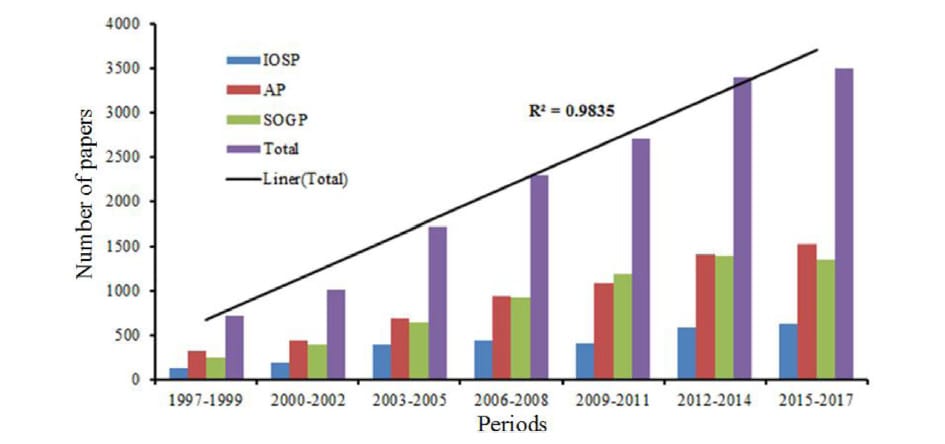Innovations in food packaging systems
These innovations help meet evolving market needs, such as consumer preference for “healthy” and high-quality food products and reduce the negative environmental effects of food packaging.
Emerging Concepts Active and intelligent packaging technologies offer a number of innovative solutions to increase the shelf life, improve the quality and safety of food products. There are also new approaches to improving the passive properties of food packaging such as mechanical strength, barrier performance and thermal stability.
The development of sustainable or green packaging has the potential to reduce the environmental impact of food packaging through the use of food or biodegradable materials, plant extracts and nanomaterials.
Active, intelligent and green packaging technologies can work together to create a multi-purpose food packaging system without negative interaction between components, and this goal can be considered as the ultimate future goal for food packaging technology.
In this article, Vira’s team examines the principles of food packaging and recent advances in various types of food packaging technologies.
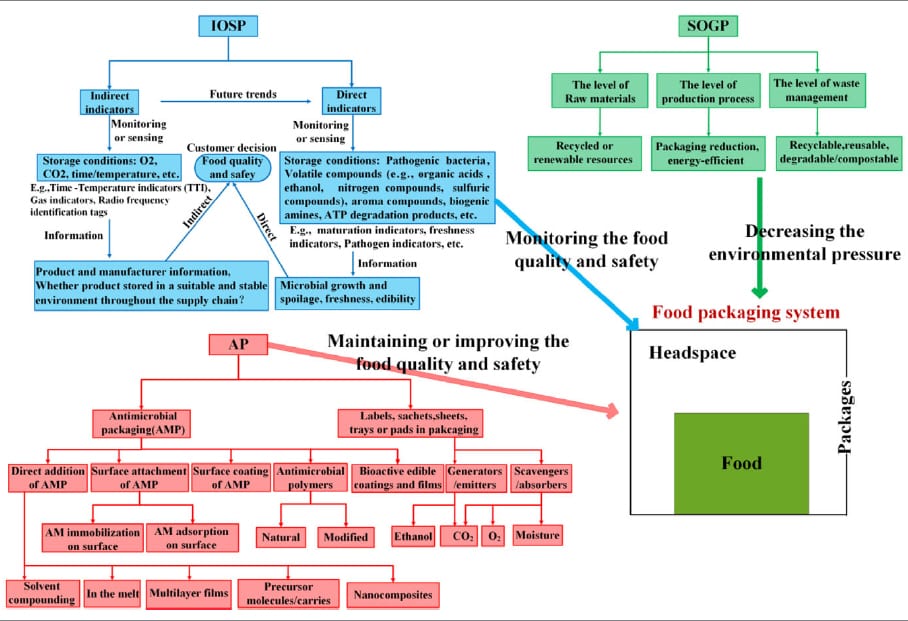
History of food packaging and its applications
It is used to protect food against environmental pollution and other effects (such as odor, shock, dust, temperature, physical damage, light, microorganisms and moisture) and is key to ensuring the quality and safety of food. It also increases shelf life and minimizes food loss and wastage.
The use of food packaging can be traced back to the 18th century. In the twentieth century, many advances in packaging technology have emerged, including smart packaging (IOSP; time temperature indicators (TTIs), gas indicators, microwave readiness indicators, radio frequency identification (RFID), etc.) and active packaging ( AP; such as oxygen scavengers, dehumidifiers and antimicrobials). These innovations further improve food quality, food safety and shelf life.
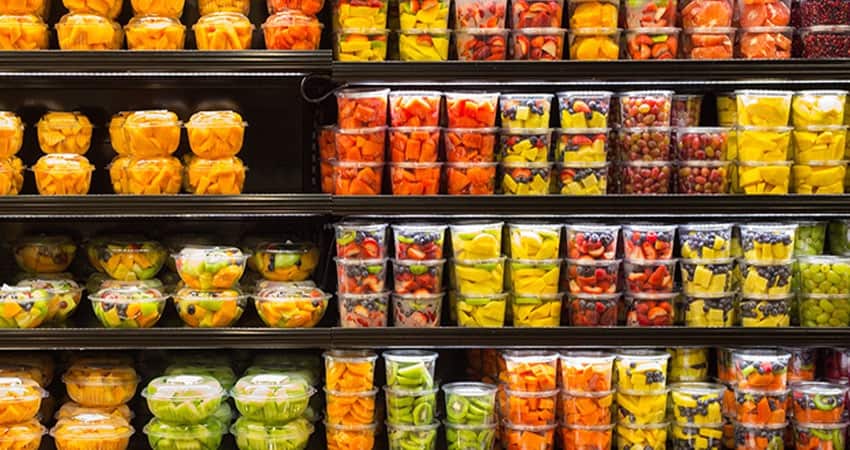
Oxidation, microbial spoilage and metabolism are the main causes of spoilage of many foods
The main causes of spoilage of many foods such as apples, bananas, kiwis, pears, tomatoes and mangoes during production, transportation, processing, storage and marketing. These processes are directly related to the loss of food quality (including safety), affect consumer purchasing decisions, affect consumer health, and thus affect the overall economy of the food industry.
The negative effects of oxidation on the nutritional and organoleptic properties of food include the following:
(1) The nutritional value of food due to the degradation of essential fatty acids, proteins and fat-soluble vitamins (A, D, E and K)
(2) Reduces the energy (or calorie) content of food.
(3) creates sourness (taste).
(4) causes color changes (darkening of fats and oils, destruction of pigments).
The presence of pathogenic microorganisms increases the risk of food-borne diseases in humans and therefore poses a problem for public health.
US Centers for Disease Control and PreventionCDC) report that approximately 76 million people in the United States die from foodborne illness each year. 5,000 deaths and 325,000 hospitalizations ), which directly increases medical costs, causes mortality, and increases the economic burden of lost work, especially for low-income families.
To delay oxidation, control foodborne pathogens, and meet growing consumer demand for safe, quality products, significant efforts have been made to actively study in-depth food packaging and smart is dedicated, which can include the use of antioxidant properties, antimicrobial properties or both.
AP can effectively improve food quality (including safety) by having a positive effect on the headroom of a packaged product and / or the product itself (e.g., release of an antimicrobial or antioxidant compound), Increase durability. However, this packaging method does not provide visual information indicating the shelf life, safety or quality of the food, and it does not warn of possible current or future problems.
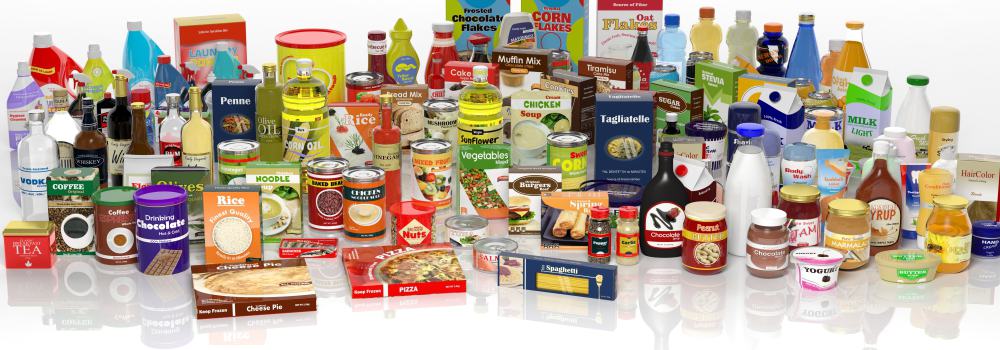
Smart food packaging
Food packaging innovations have gradually led to the development of intelligent packaging that can convey accurate information about the status of a packaged food or its environment across a logistics chain and also provide early warnings from the food manufacturer to the consumer.
Thus, existing smart labels technologies can perform a variety of functions such as monitoring, identifying, processing, recording, tracking and communicating information, which increases efficiency and useful life and provide product status and / or product quality information through the food chain.
As mentioned above, packaging acts as a physical barrier to protect food from external factors, so the stability of packaging materials to increase food quality and safety and increase shelf life, as well as ensuring that Packaging materials can play their role is vital. Offering sturdy, attractive, affordable and convenient products to consumers is another feature of different types of packaging.
All food packaging materials must be strictly handled by food safety agencies such as the US Food and Drug AdministrationFDA), the Brazilian National Health Surveillance Agency (ANVISA), and the European Commission (EC), which are responsible for ensuring the safety of food packaging materials and additives before they are used in food.
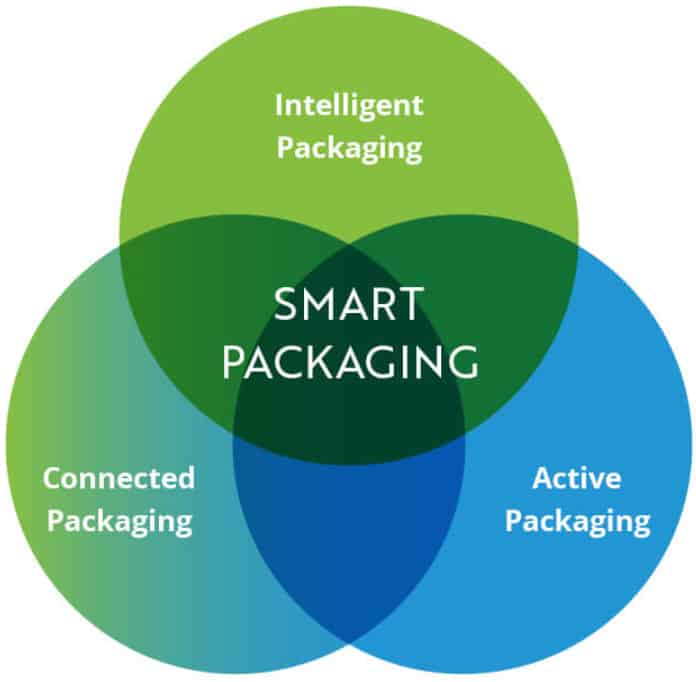
Environmental Impact
With the increasing consumption of packaging, the environmental impact of the materials used in packaging has gradually become a major issue worldwide, especially for companies and manufacturers. To achieve sustainability in food packaging, promote the recycling of packaging materials and reduce environmental pollution, several studies have been devoted to creating new packaging innovations based on renewable sources that are environmentally friendly, biodegradable or compostable.
However, providing environmentally friendly packaging alternatives without compromising key packaging properties (such as barrier properties, mechanical properties, and long shelf life) requires continuous innovation and the development of new sustainable packaging technologies in the coming decades.
Some challenging issues need to be addressed to maintain and improve food quality and safety, increase consumer confidence, adopt new packaging technologies, and reduce the harmful effects of packaging waste and food loss on the environment.
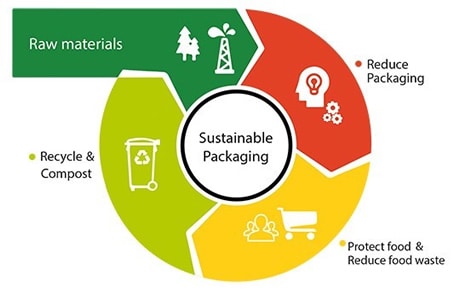
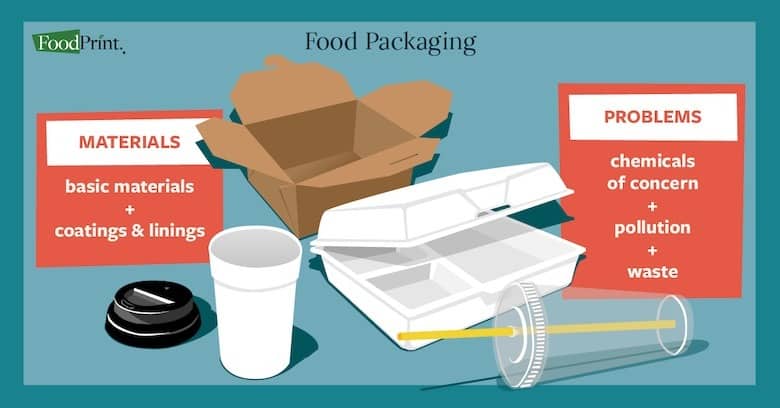
Food packaging process
Changes in consumer demand, industrial production trends (such as perishable, fresh, tasty and convenient food products with high shelf life and controlled quality), retail practices (such as distance selling between regions and exports), and customer lifestyles (such as fast-paced lifestyles that lead to less time spent buying fresh food in the market and cooking) are the main driving forces behind the evolution of techniques. They are new and innovative packaging that maintains and monitors the safety and quality of food.
Product life and reducing the environmental and psychological burden of food packaging is a very important issue in this area. Over the past 20 years, IOSP, AP, and sustainable or green packaging (SOGP) have been developed in response to market developments, changes in consumer preferences, and the need to reduce the environmental impact of food production while maintaining its quality.
The number of publications reviewed on food packaging innovations has steadily increased. Over the past two decades, research interest in IOSP has lagged far behind that of AP, which can be attributed to AP, a protection beyond traditional protection and provides ineffective barriers to the external environment that offer a relatively large number of possible ways to reduce waste and food loss.
